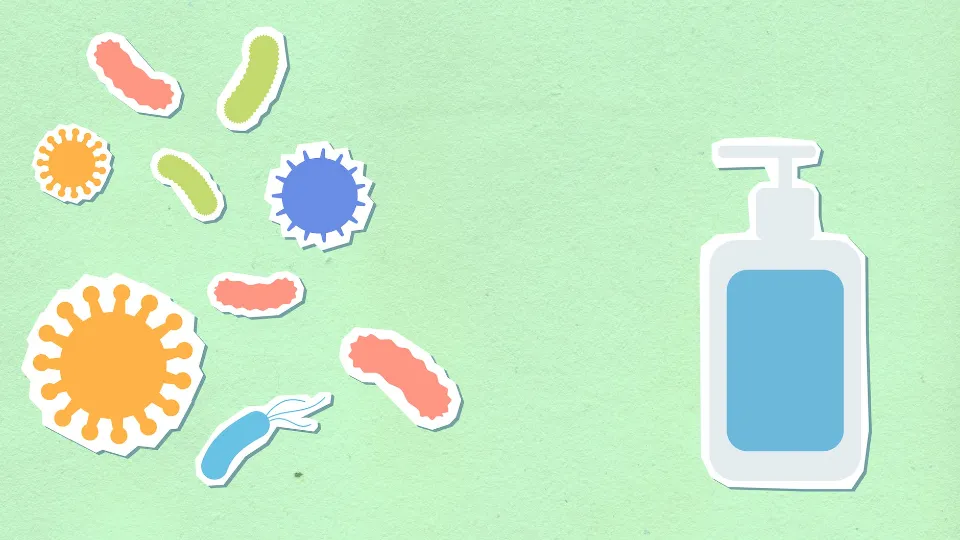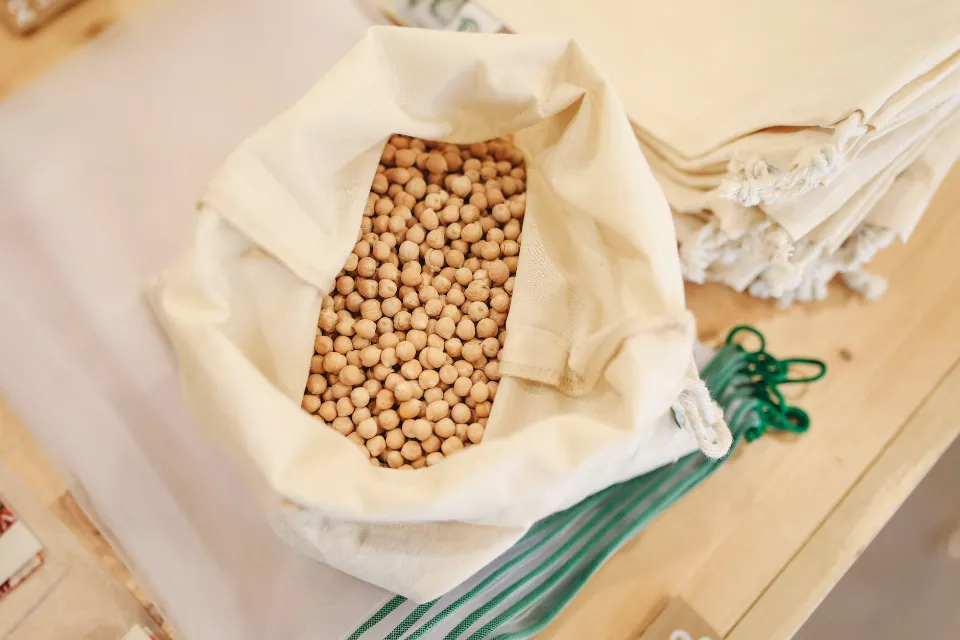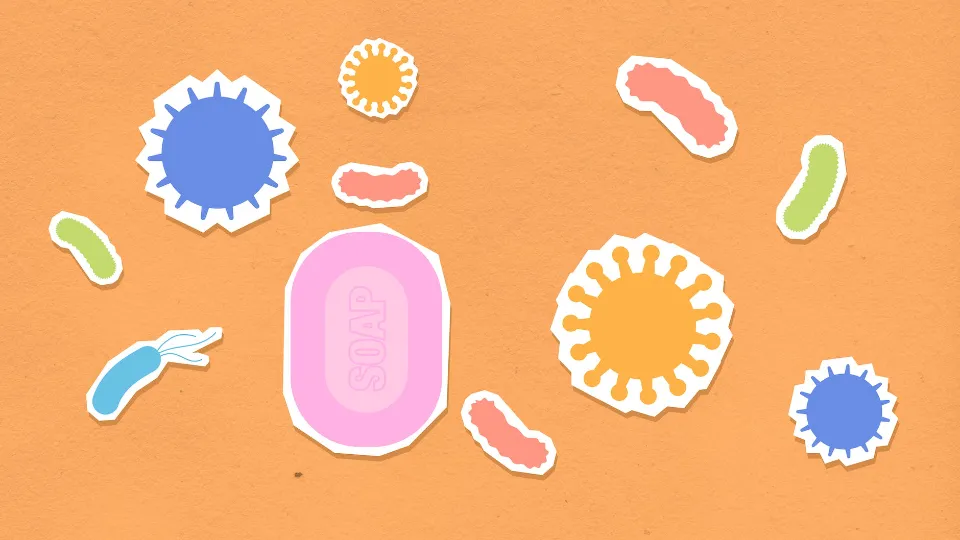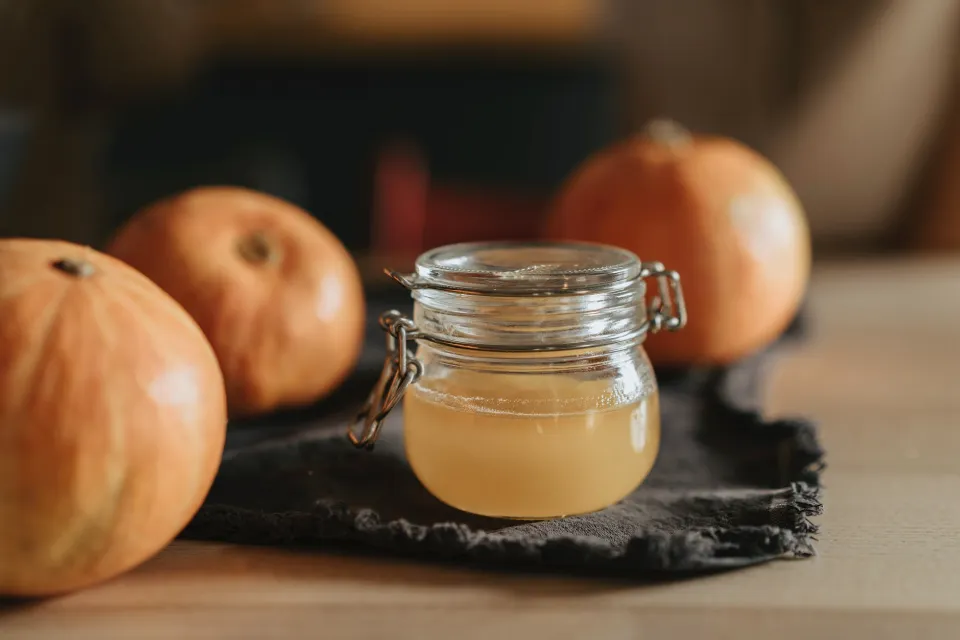UTIs are frequently misdiagnosed or underdiagnosed even though they are a common infection, and symptoms are not always obvious in older adults. An easy course of antibiotics is typically used to treat UTIs when they are discovered early. The infection can, however, spread if untreated, increasing the risk of falls and injuries as well as causing sepsis or other complications that necessitate hospitalization.
For those who care for elderly patients, learning how to prevent UTI in the elderly can be challenging due to the wide range of symptoms. Fortunately, there are a number of easy methods for stopping infections before they start.
What is a Urinary Tract Infection (UTI)?
The most frequent infection in older adults is a urinary tract infection (UTI), which develops when bacteria can pass through the urethra and reach the bladder. Bacteria may develop anywhere along this route and result in a number of medical problems, including discomfort and perhaps dementia symptoms.
Any area of the urinary tract can become infected, and the only way to find out is to test the urine for minute amounts of blood and protein that may contain bacteria-bearing clots. UTIs are very typical; it’s thought that 60% of adult women will experience one at some point. Unluckily, up to a third of these women will experience additional UTIs in the future. Fortunately, there are actions one can take to support our bodies’ defenses against and prevent UTIs.

Symptoms of UTI
Not all UTIs result in symptoms. When they do, they may include:
- A strong urge to urinate that doesn’t go away
- A burning feeling when urinating
- Urinating often, and passing small amounts of urine
- Urine that looks cloudy
- Urine that appears red, bright pink, or cola-colored — signs of blood in the urine
- Strong-smelling urine
- Pelvic pain, in women — especially in the center of the pelvis and around the area of the pubic bone
In older adults, UTIs may be overlooked or mistaken for other conditions.
In older age, UTI symptoms might not be as obvious, especially in people with a cognitive impairment like Alzheimer’s disease. Pain, agitation, and appetite loss are just a few examples of symptoms that can be difficult to notice due to cognitive impairments, though these symptoms may also be mistakenly linked to dementia.
When dementia is already present, a person’s symptoms can quickly get worse, leading to extreme confusion and delirium. The worsening of confusion and disorientation symptoms in dementia patients should alert their caregivers that this may be a sign of a UTI.
How to Prevent UTI in the Elderly?
Drinking More Water
One of the best preventative measures we can take to keep the kidneys and bladder healthy is to drink plenty of water. These organs are extremely sensitive to the fluids we consume. The Mayo Clinic advises drinking at least six 8-ounce glasses of water per day to prevent bladder infections like UTIs because frequent urination keeps bacteria flushed out of the urinary tract.
Drink Cranberry Juice
Although there are still unanswered questions about the truthfulness of the old wives’ tale that suggests drinking cranberry juice can help prevent UTIs, it is known that the compounds in cranberries kill e. Coli bacteria, which is to blame for 90% of UTIs. However, scientists are unsure of the precise mechanism by which cranberries kill e. Coli. Cranberry juice can be a great substitute for water if you are worried about UTIs, but it’s important to keep in mind that juice cocktails can be loaded with sugar and artificial sweeteners that may do more harm than good.
There are cranberry supplement tablets that deliver the health advantages of cranberries without overtaxing the digestive system with undesirable foods like sugar. Blueberries, foods high in probiotics, and foods high in vitamin C are other foods that have demonstrated promise in the fight against UTIs.
Careful Cleaning – Wiping Front to Back After Every Incident
Make sure the perineal region is properly cleansed when taking care of an elderly patient. The front to the back should always be used for female body wiping. Take precautions to make sure that whenever you wipe your patient, you always start in front of the urethra and wipe in the direction of the anus. Fold the rag to a clean portion before re-wiping the surface.
The idea is that the urethra shouldn’t ever be touched by anus residue that has been dragged in those directions. Adult diapers, also known as briefs, should be changed frequently for patients who use them. They should be examined roughly every two hours, and they should never be permitted to sit for long periods of time in filthy briefs. After each quick change and bowel movement, your patient should also be cleaned and dried. Douching is never a good idea because it increases the likelihood that bacteria will spread and enter the body more deeply than it does the opposite.
Intake of Natural Estrogens
Phytoestrogens are natural sources of the hormone that can be found in some plants. Although these supplements are a weaker form of the estrogen your doctor would prescribe, it is still advisable to discuss your supplement use with your healthcare team. Estrogen toxicity is a disease that can be brought on by too much estrogen.

Common foods that are high in estrogen include:
- Soybeans have the highest amount of phytoestrogen out of this list, so use with caution- too much soy can easily build up and cause estrogen toxicity and increased cancer risk
- Hummus is made from chickpeas, which are rich in phytoestrogen
- Flax, which is also high in fiber and a great addition to any diet, is shown to have similar levels of estrogen as soybeans
- Alfalfa sprouts contain high levels of phytoestrogen, as well as UTI-fighting vitamin C
- Garlic has been shown to contain antibacterial, antimicrobial, and antifungal properties, aiding in the destruction of numerous types of UTI-causing germs. It also contains a moderate amount of phytoestrogen and beneficial antioxidants. A word of caution regarding garlic: prolonged use of raw garlic juice can be extremely damaging to skin tissue and result in burns.
Other Methods
- Avoid feminine products that might irritate you. They can irritate the urethra when used in the genital area. Sprays, powders, and douches all fall under this category.
- After having sex, immediately empty your bladder. Additionally, chug a full glass of water to help flush out bacteria.
- Alter your birth control strategy. Diaphragms, unlubricated condoms, or condoms treated with spermicide can all promote bacterial growth.
Conclusion
The elderly patient’s doctor can perform an infection check and provide a treatment schedule if you are worried about their urinary tract infection. To help you care for more residents at once if you work in a senior living facility, you can even use smart diapers and at-home testing. Preventative measures are superior to early detection, of course. Your body can prevent infections and regulate itself properly by using good hygiene practices and drinking plenty of water.







